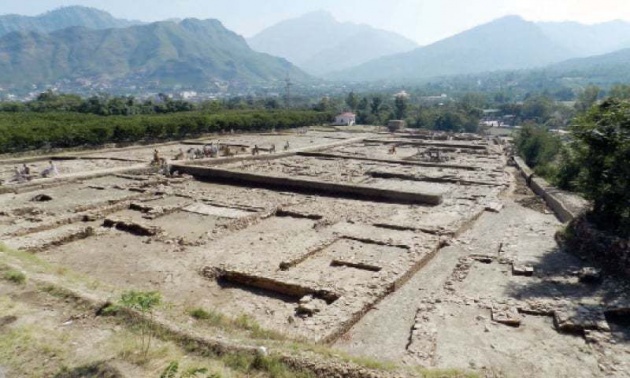
With all its historical splendour and ancient treasures, one of Swat’s most important archaeological sites, the Bir-kot-ghwandai, also known as the Bazira of Alexander the Great, welcomes everyone who enters the valley.
This Indo-Greek urban defensive works, which is the easternmost example of Hellenistic military architecture in Asia, is located west of the modern village of Barikot and the site is marked by a steep hill overlooking the Swat River.
From the north, the hill (acropolis) dominates the ancient town site.
The site has been on lease and under excavation by the Italian Archaeological Mission (MAI) since 1984. According to Dr Luca Maria Oliveri, the director of MAI, the town was founded as a fortified settlement when the Indo-Greek rulers expanded their control over Swat, maintained as a military establishment by the Saka-Parthians, and transformed into a real urban centre in Kushan times.
The coincidence between the collapse of the Kushan power and destructive earthquakes eventually marked the end of the town (end of the 3rd century CE).



